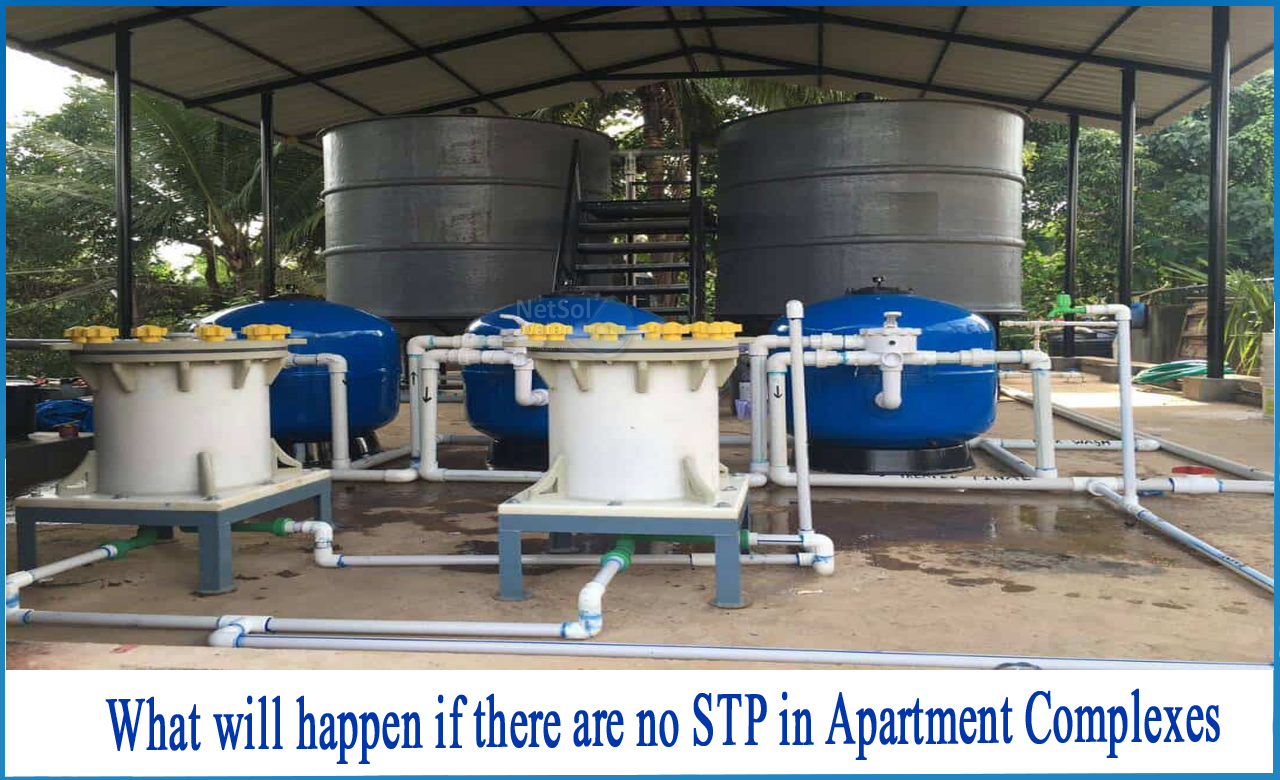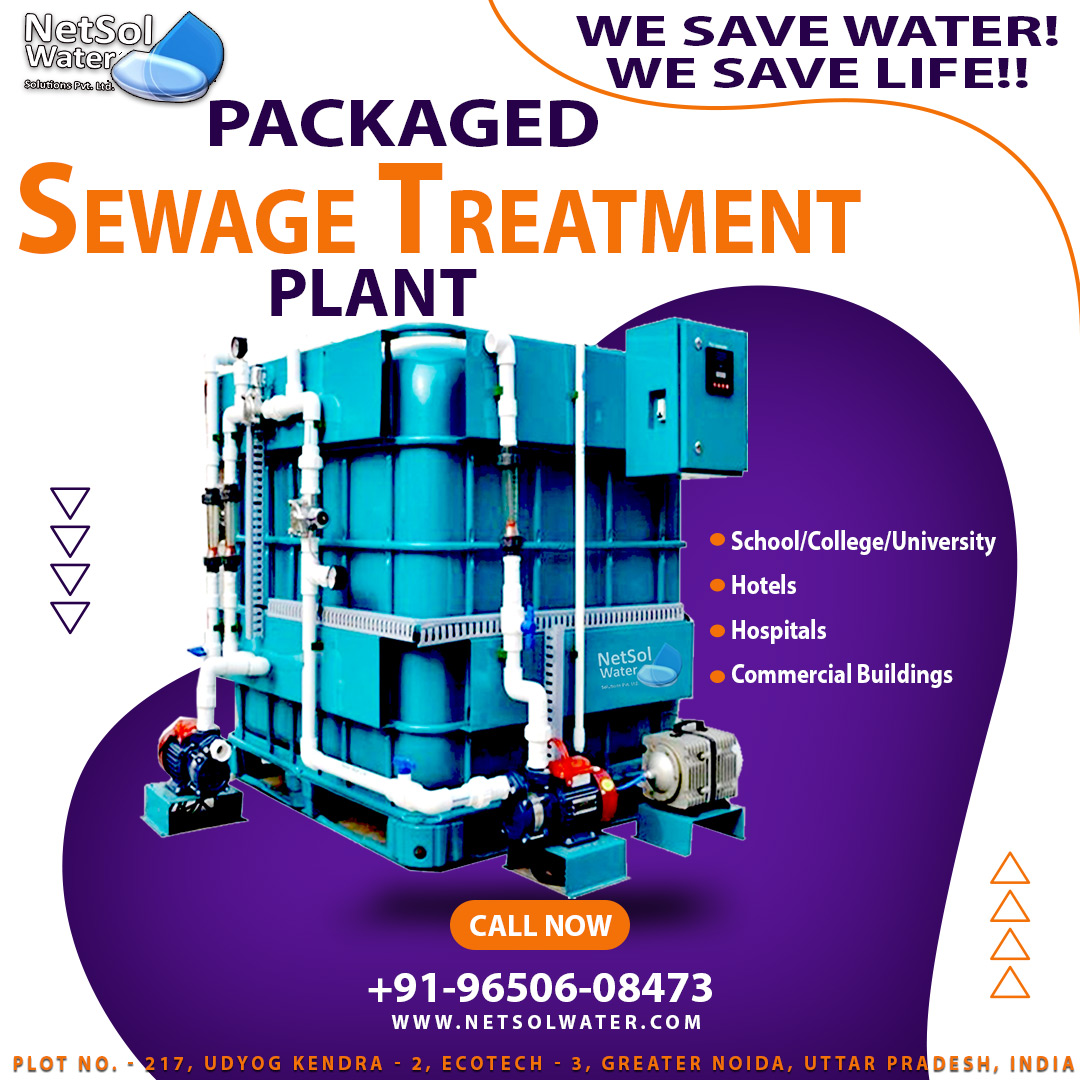What will happen if there are no STP in Apartment complexes?
Today, each individual served by the sewerage system generates around 0.16 pounds (dry weight basis) of sewage sludge per day. India's present population is close to 1.39 billion people, with around 85 percent of the population living in rural areas served by centralized sewerage systems. This means that India's sewage treatment produces around 1200,000 tons of sewage sludge per year (on a dry weight basis).
Consequences of choosing not to have Sewage Treatment Plants in residences
- Sewage will be released straight into drains or other nearby water bodies, beyond the natural ability of the water bodies to handle the wastewater and causing water quality to degrade in many locations.
- Sewage, if not properly disposed of, poses health dangers to humans and animals. Pathogenic bacteria and industrial pollutants are examples of contaminants present in the sludge which generates breathing problems, heart problems, and so on.
- Since of freshwater waste and a lack of wastewater treatment, no one will be able to get reusable wastewater.
Why must you build a Sewage Treatment Plant?
Many people may wonder, "Why not just dump this effluent on the ground outside your house, or into a nearby stream?"
When wastewater is released straight into the environment, it quickly becomes highly stinky. Bacteria that can cause disease are naturally present in human excrement. When water becomes contaminated with these germs, it poses a health risk. The increased algae, lower oxygen, and murkiness impair a stream's or lake's ability to support animals, and all fish, frogs, and other life forms die soon. That is why municipalities construct wastewater treatment plants and enforce regulations prohibiting the discharge of raw sewage into the environment.
But why should apartments have STPs in the first place?
Many of us may believe that operating STPs is a specialised job; therefore, why should we attempt to operate STP in our apartment complex in the first place? Why can't the Water Supply and Sewerage Board of India run STPs as a public service?
There's a good reason for that: using a local STP allows us to recycle roughly half of our total daily water consumption. This reduces our demand for freshwater by half.
Recommendations for Apartment Sewage Treatment Plants
1: The sewage treatment plant systems can be partially or completely closed. Some flats employ partially sealed system. One major downside of an open or partially sealed system is that the sewage is broken down by microorganisms, and methane is discharged into the campus or at ground floor level during this process. Methane will be present in the gas emitted from the sewage chamber as a result of biological processing (by bacteria) and, methane is a very flammable and poisonous gas.
2: An open or partially closed sewage treatment plant is not advised for apartments or inhabitants in densely populated areas. Smell can be detected for kilometres in this system. This technology is only suitable for large-scale sewage treatment. A completely sealed package unit is recommended for small residential units.
3: Sewage compartments containing methane gas should be kept away from car parking places and other areas that could produce an ignite or spark. In sewage compartments with methane gas, any ignition or spark can readily start a fire.
4: An automated system is appropriate for apartments or small residential units since it reduces maintenance costs. The disadvantage of a manually operated system is that there is the possibility of human error, such as dry running the pumps or failing to start the pumps on time. This can lead to machinery failure or sludge overflow. The automated system helps to prevent breakdowns and overflows, and the organization can save more than Rs 15,000 per month on maintenance costs.
5: Although a manual operating system is less expensive to establish than an automated system, the cost of maintenance is higher when compared to an automated system. The system emits methane. This is expected to be done in sealed chambers and then discharged at a location a few metres above the building's tallest point. This should be considered when developing sewage treatment systems for apartments or high-rise buildings.
Do you still have some questions in mind?
Netsol Water is here to help!
Based on our many years of experience manufacturing some of the most cost-effectivewater and wastewater treatment systems for families and companies, we'd love to assist you in finding a solution that meets your needs and budget. It is our obligation to conserve water and to ensure that wastewater is treated in order to prevent water pollution. This is also critical to ensuring the availability of fresh and clean water.




